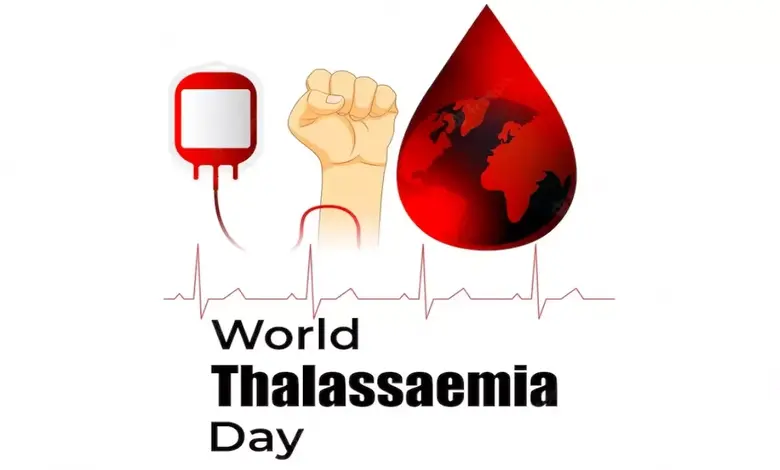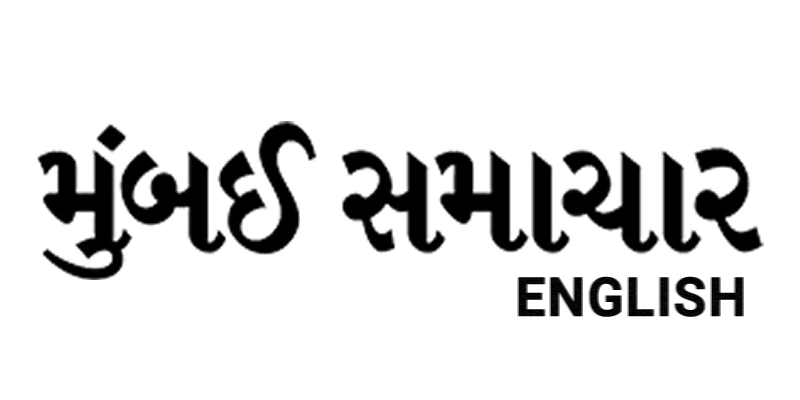World Thalassaemia Day 2025: Unraveling a Silent Blood Disorder

World Thalassaemia Day, observed annually on May 8, aims to raise awareness about thalassaemia, a genetic blood disorder that affects millions, particularly in India, where it impacts 10,000 to 12,000 children each year. This condition, often misunderstood, disrupts haemoglobin production, leading to severe health challenges. The importance of understanding its symptoms, preventive strategies, and diagnostic methods to address this global health issue.
Thalassaemia results from genetic mutations that impair the body’s ability to produce adequate haemoglobin, the protein in red blood cells responsible for oxygen transport. This deficiency causes anaemia, leading to symptoms such as fatigue, weakness, shortness of breath, pale or jaundiced skin, and slow growth in children. In severe cases, patients may experience bone deformities, abdominal swelling, and dark urine, significantly affecting their quality of life. Dr explains that the disorder’s impact is profound, particularly in India, which bears the highest global burden of thalassaemia cases.
Diagnosis involves a series of specialized tests. A complete blood count (CBC) assesses red blood cell quality and quantity, while haemoglobin electrophoresis identifies abnormal haemoglobin variants. Genetic testing confirms specific mutations, and a bone marrow biopsy may determine disease severity and guide treatment timing. Early detection is critical for effective management and improving patient outcomes.
Prevention focuses on genetic screening and counseling. Premarital and prenatal testing can identify carriers, enabling informed family planning decisions. Chorionic villus sampling, conducted between the 11th and 14th weeks of pregnancy, detects thalassaemia in the fetus. Public awareness campaigns play a vital role in encouraging these measures, particularly in high-prevalence regions like South Asia and the Mediterranean.
Treatment varies by severity. Mild cases may require minimal intervention, but severe forms, such as thalassaemia major, often necessitate regular blood transfusions to maintain haemoglobin levels. Iron chelation therapy helps manage iron overload from transfusions, while stem cell transplants offer a potential cure, though finding a matching donor remains a challenge. Dr notes that matched unrelated donor (MUD) transplants are a critical option when family donors are unavailable.
World Thalassaemia Day 2025 serves as a reminder of the physical, emotional, and social toll of this disorder. The need for ongoing education and advocacy to reduce stigma, promote early screening, and ensure access to quality care. By understanding thalassaemia’s complexities, communities can better support affected individuals and work toward a future with fewer cases.
